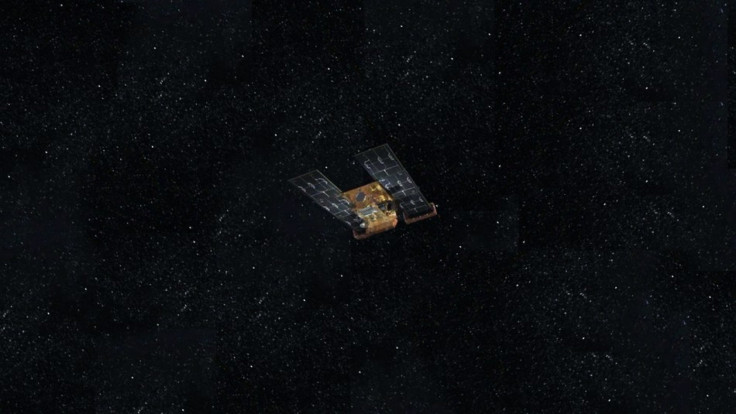NASA's 'Comet Hunter’ Heads Off Into The 'Sunset'

A few weeks after NASA officially sent the space shuttle Discovery into retirement, it is saying goodbye to another spacecraft: Stardust.
The Stardust spacecraft was NASA's foremost comet hunter during its 12-year career. On Thursday of this week, it sent its last transmission to Earth, immediately after one final rocket burn. The team behind Stardust said the spacecraft was running on fumes and wanted to see how much it had left. It was 312 million kilometers (194 million miles) away in space when it sent that final transmission.
This is the end of the spacecraft's operations, but really just the beginning of what this spacecraft's accomplishments will give to planetary science, Lindley Johnson, Stardust-NExT and Discovery program executive at NASA Headquarters in Washington, said in a statement. The treasure-trove of science data and engineering information collected and returned by Stardust is invaluable for planning future deep space planetary missions.
The spacecraft was originally launched into space on Feb. 7, 1999. By 2006, it had completed its original mission by flying past the asteroid named Annefrank and traveling halfway to Jupiter to collect the particle samples from the comet Wild 2. It returned to Earth to drop off a sample to comet scientists.
It was then re-tasked to the fly past the comet Tempel 1. It collected images and other scientific data, which was compared to similar material the Deep Impact mission in 2005, which also flew past the comet Tempel 1.
All told, Stardust travelled approximately 5.69 billion kilometers (3.54 billion miles) from its first mission to the final rocket engine burn. Most importantly, it met all of its goals and will give scientists plenty of data to use for future missions.
This kind of feels like the end of one of those old western movies where you watch the hero ride his horse towards the distant setting sun -- and then the credits begin to roll, Stardust-NExT project manager Tim Larson from NASA's Jet Propulsion Laboratory in Pasadena, Calif, said in a statement. Only there's no setting sun in space.
© Copyright IBTimes 2024. All rights reserved.





















